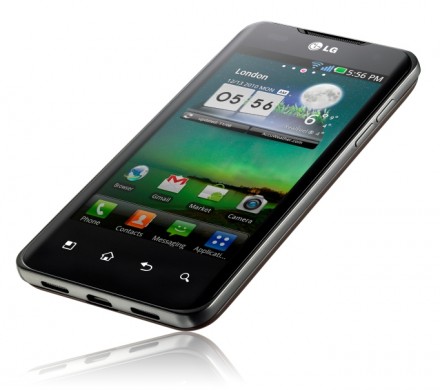At around that same time, Myles Anderson discussed key findings from BrightLocal’s Local Consumer Review Survey – one of which was that 85% of consumers use the Internet to find local businesses.
It’s more important than ever for local business owners to vie for better SERP visibility, both in desktop and mobile search. Your prospects are usually on the go and are looking for details on products to buy, places to patronize, events to attend and so forth. Mobile users in particular want the information they need at their fingertips, and they’ll select from the business with SERP visibility.
What follows here is a roadmap for listing your business on search engines to increase sales in your niche.
Verification
Hundreds of Internet directories act as a verification sources (by providing citations) for business data on Google, Yahoo! and Bing. When these search engines can match specific business data from a webpage or business directory to the info they have on file, this serves to verify the information, which in turn makes your data more authoritative. That’s why it’s so important for your business to have consistent NAP (Name, Address, Phone) information across search engines and directories.Enhancing Your Listing
Although your NAP information is the most important in terms of consistency, many online directories (as well as Google+ Local) allow you to include a wide variety of information about your business. You can often enhance your listings with a description, store hours, payment types accepted, products, services, images, videos and even a logo. Generally, you can also select one or more categories under which your business might fall.These fields give search engines a better understanding of your business. Understanding the format types and optimization opportunities for each individual directory is key to your brand’s performance in local search.
Top SERP Placement
Search engines rank the businesses they know more about in their top listings. Their aim is to deliver a good user experience, and to do that, they constantly crawl for other sources of business information on the Web to verify your data. Gathering your local business data while keeping this data updated and current is therefore critical to high rankings.In addition to providing search engines with a way to validate local business data, directories often link back to the business’ website. This natural, trusted backlink provides a local and relevant link that enhances your local SEO results in the SERPs.
Updated Information & Data Consistency
Consumers will find your business first when all of your business data is updated, optimized and linked naturally on the Web. Search engines and directories rely on updated optimized local business data.Local listing management, or business listing management, starts and ends with your providing:
- A consistent data source for ALL of your data feeds
- Providing properly formatted and optimized feeds for each individual directory based on their specific and accepted fields.
Case Study: Doing It Right
Below is a local case study from December 2012 involving Holiday Inn Express & Suites in Council Bluffs, Iowa.The campaign objectives were to:
- improve search engine rankings,
- be found across a majority of online directories, and
- stand out from its competitors.





